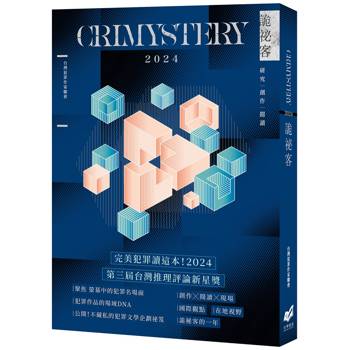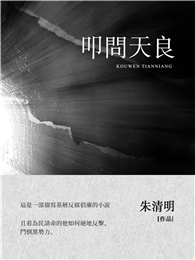Doubly Fed Induction Generator (DFIG)-based Wind Energy Conversion Systems (WECS) have emerged as a prominent technology for harnessing wind power due to their advantages in grid integration, efficiency, and control flexibility. This paper presents a comprehensive review of the dynamics of DFIG-based WECS, focusing on the interactions between the wind turbine, the generator, the power electronics, and the grid. The dynamic behavior of DFIG-based WECS is analyzed under various operating conditions, including wind speed variations, grid disturbances, and fault conditions. Special attention is given to the control strategies employed to optimize the performance of DFIG-based WECS, such as the rotor-side and grid-side control schemes. The paper also discusses key challenges and research directions in the dynamic modeling, analysis, and control of DFIG-based WECS, highlighting the need for advanced control strategies, robust stability analysis, and grid integration techniques to enhance the reliability and performance of wind power generation systems.
| FindBook |
有 1 項符合
Doubly Fed Induction Generator-Based Wind Energy Conversion Systems的圖書 |
 |
Doubly Fed Induction Generator-Based Wind Energy Conversion Systems 作者:Dahiya 出版社:LAP Lambert Academic Publishing 出版日期:2024-03-07 語言:英文 規格:平裝 / 64頁 / 22.86 x 15.24 x 0.38 cm / 普通級/ 初版 |
| 圖書館借閱 |
| 國家圖書館 | 全國圖書書目資訊網 | 國立公共資訊圖書館 | 電子書服務平台 | MetaCat 跨館整合查詢 |
| 臺北市立圖書館 | 新北市立圖書館 | 基隆市公共圖書館 | 桃園市立圖書館 | 新竹縣公共圖書館 |
| 苗栗縣立圖書館 | 臺中市立圖書館 | 彰化縣公共圖書館 | 南投縣文化局 | 雲林縣公共圖書館 |
| 嘉義縣圖書館 | 臺南市立圖書館 | 高雄市立圖書館 | 屏東縣公共圖書館 | 宜蘭縣公共圖書館 |
| 花蓮縣文化局 | 臺東縣文化處 |
|
|
圖書介紹 - 資料來源:博客來 評分:
圖書名稱:Doubly Fed Induction Generator-Based Wind Energy Conversion Systems
|











